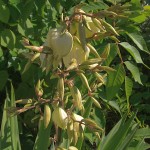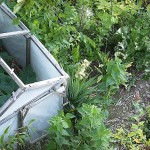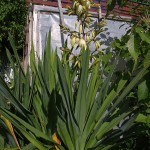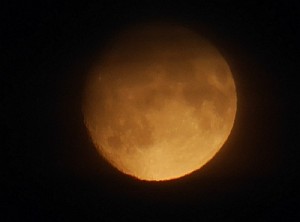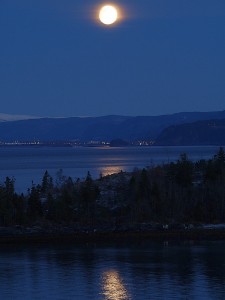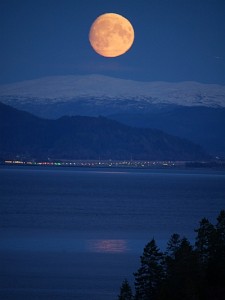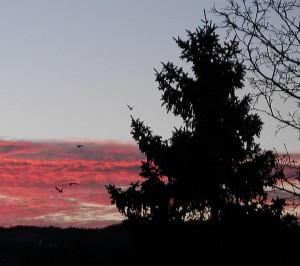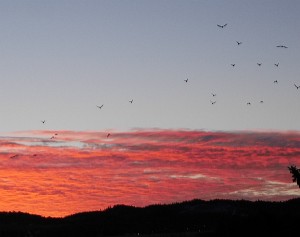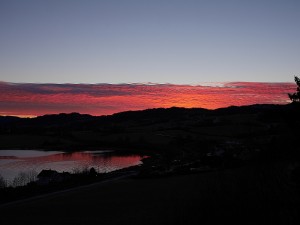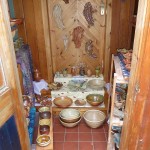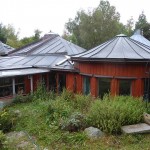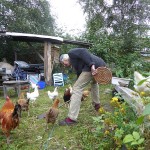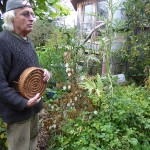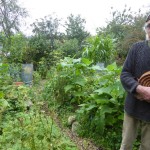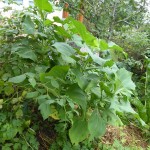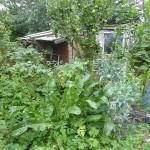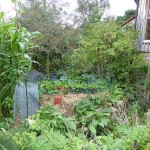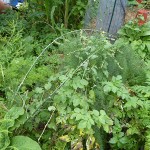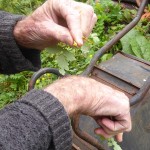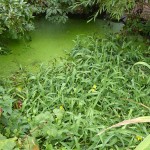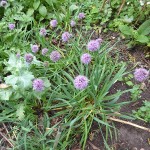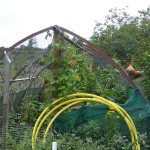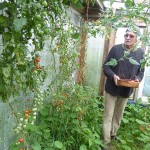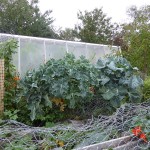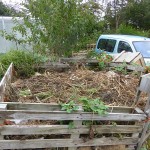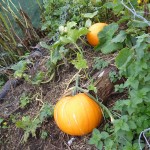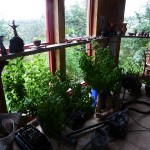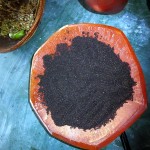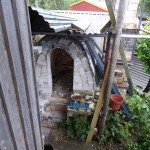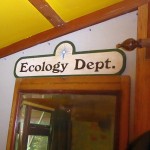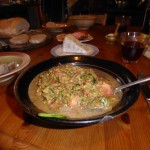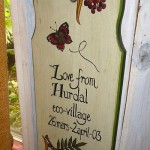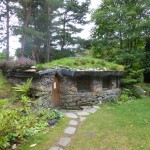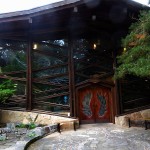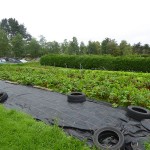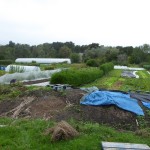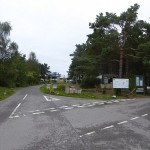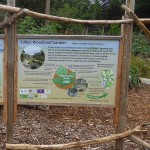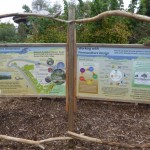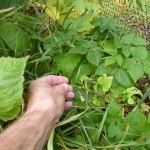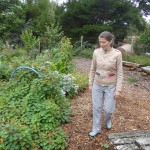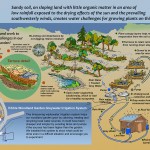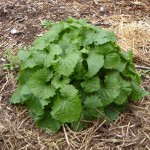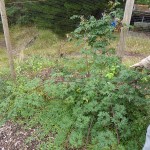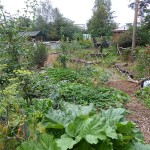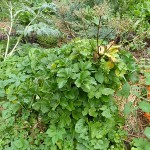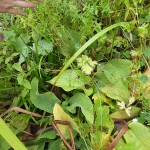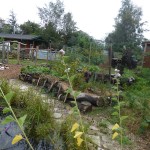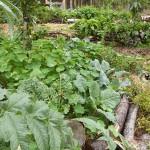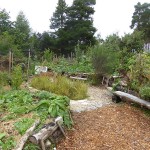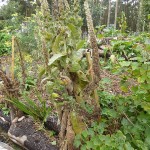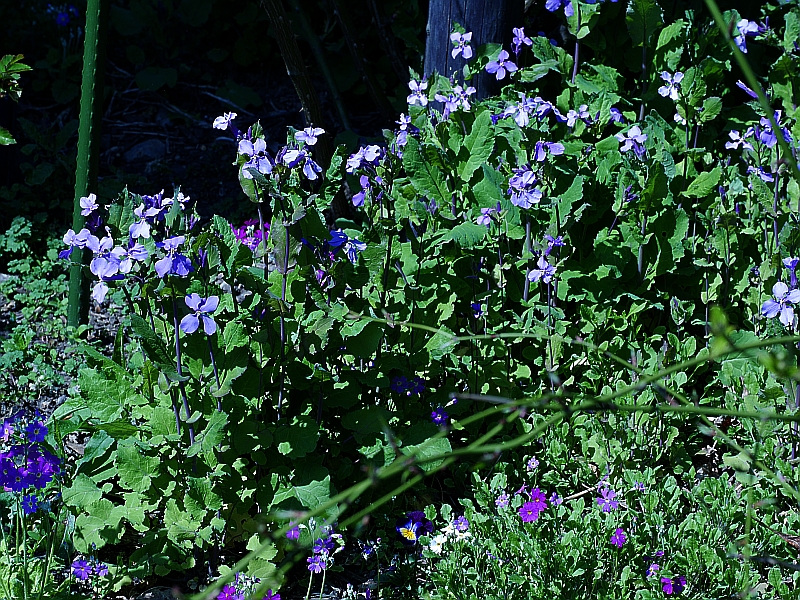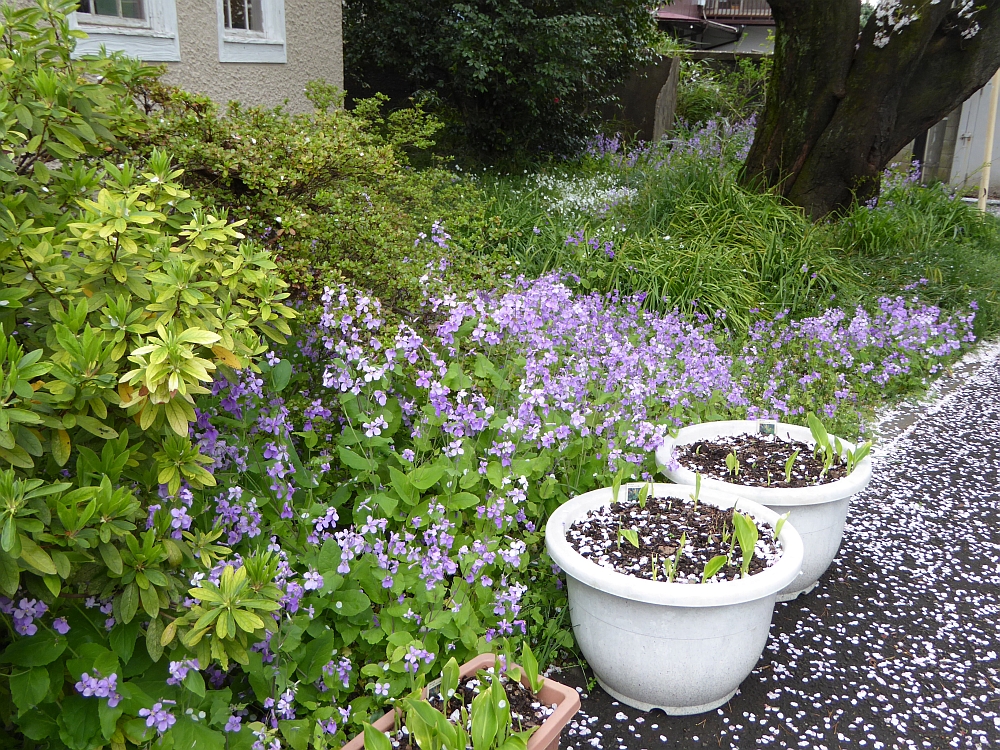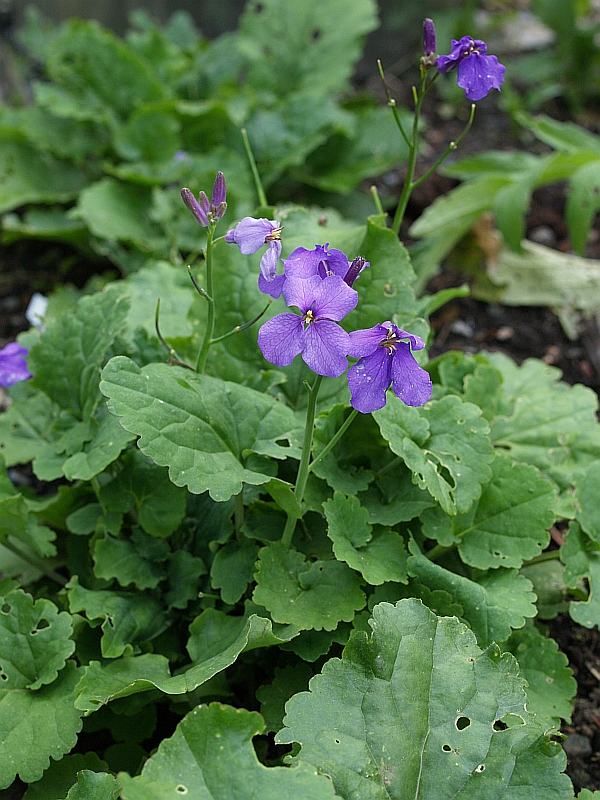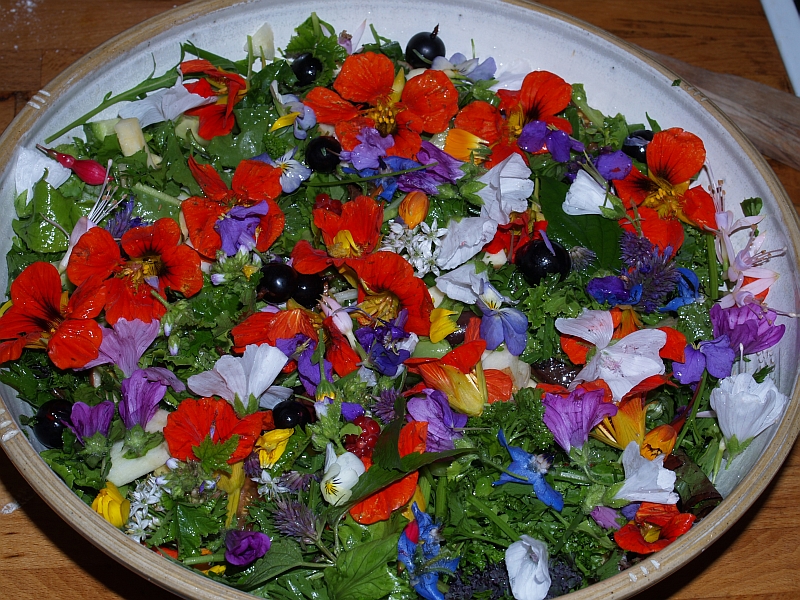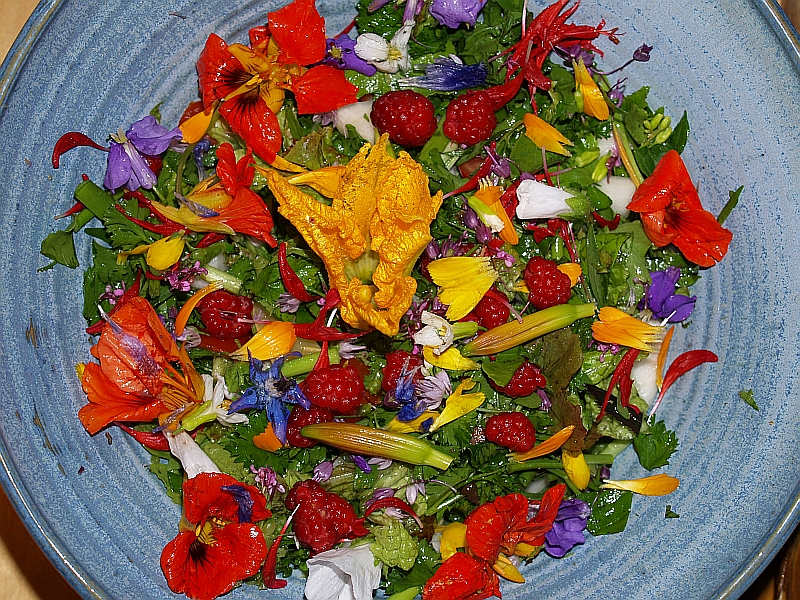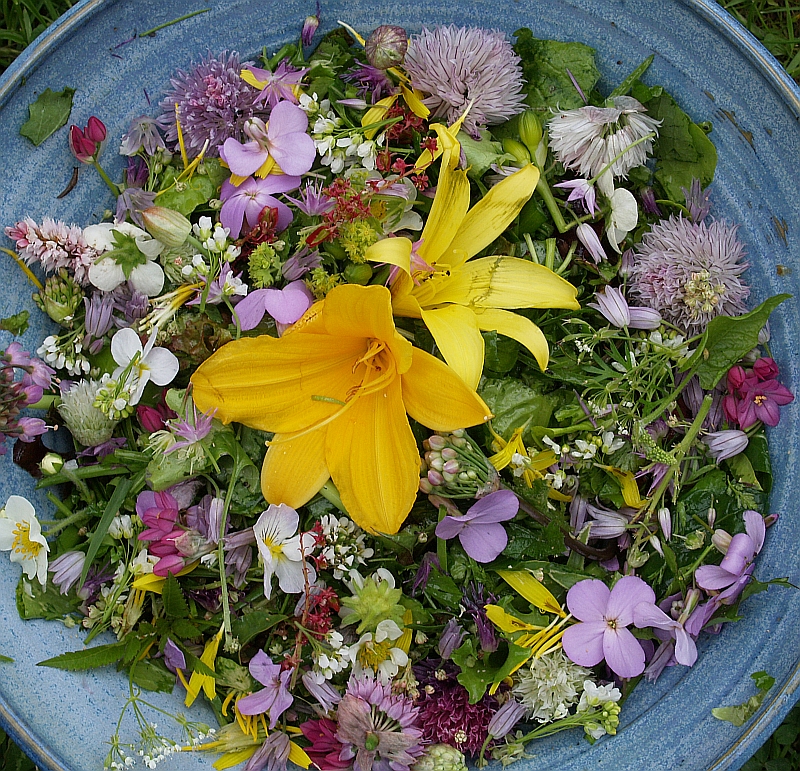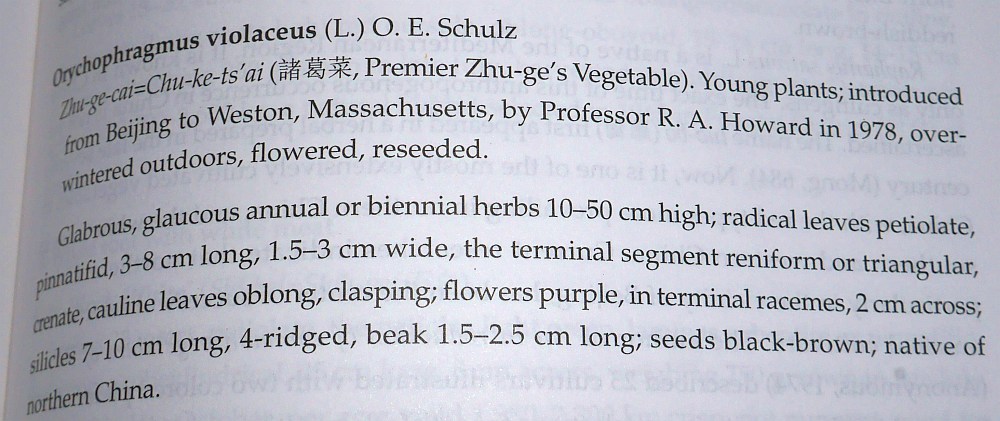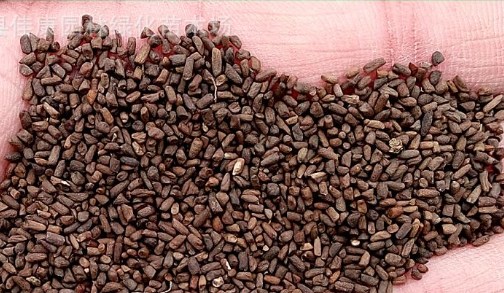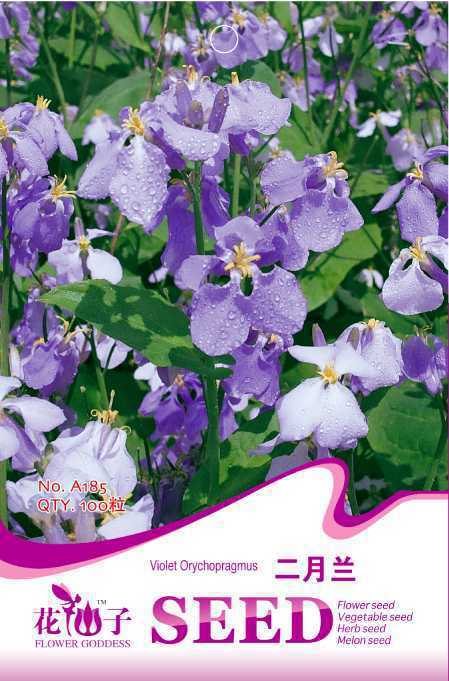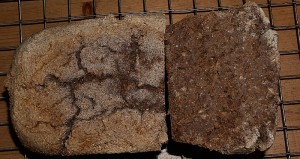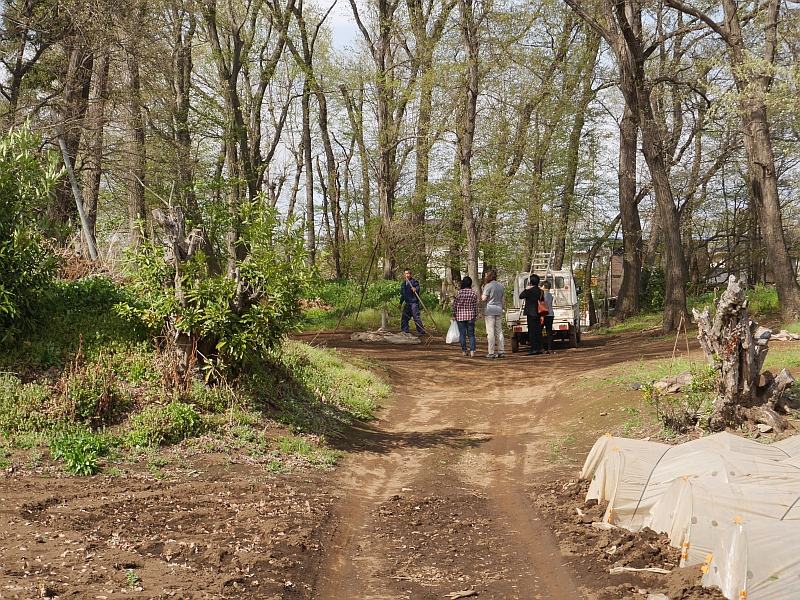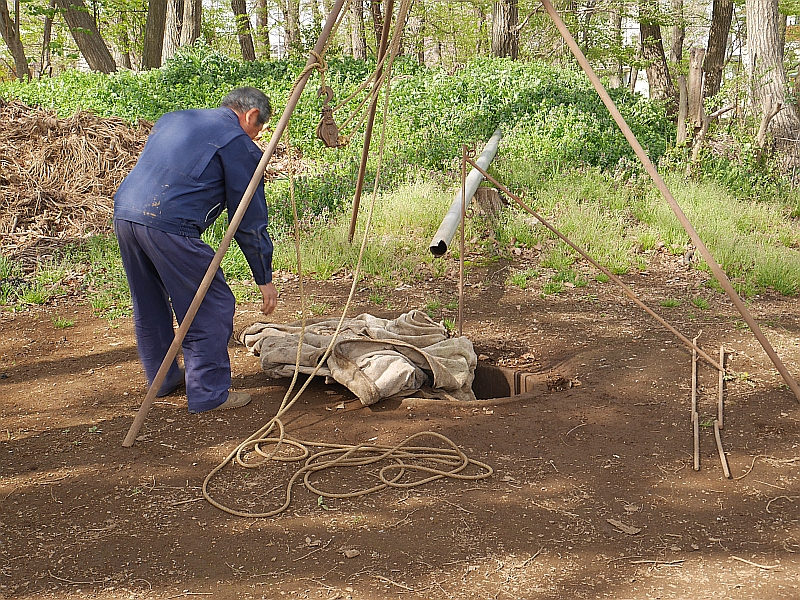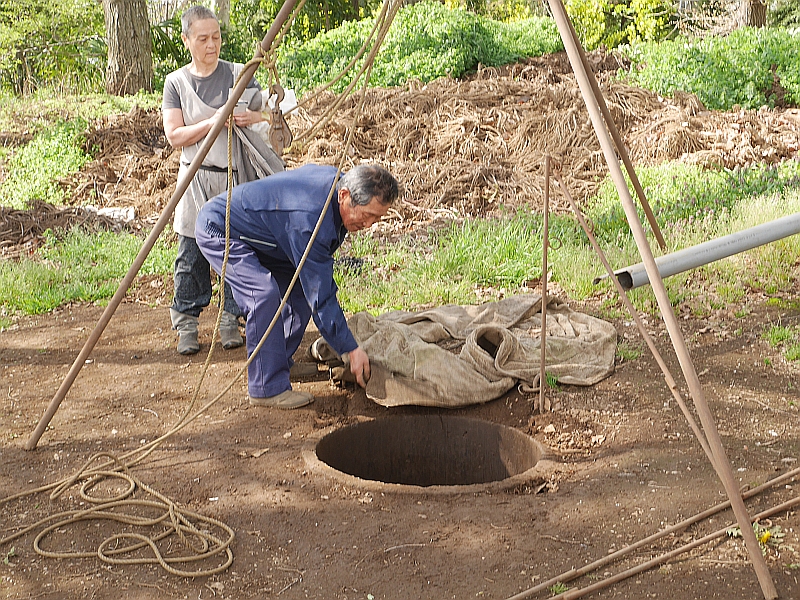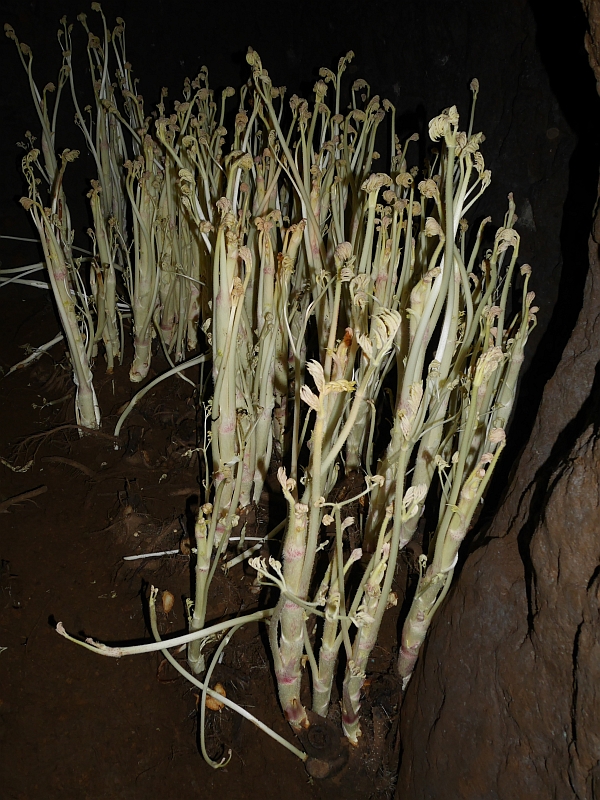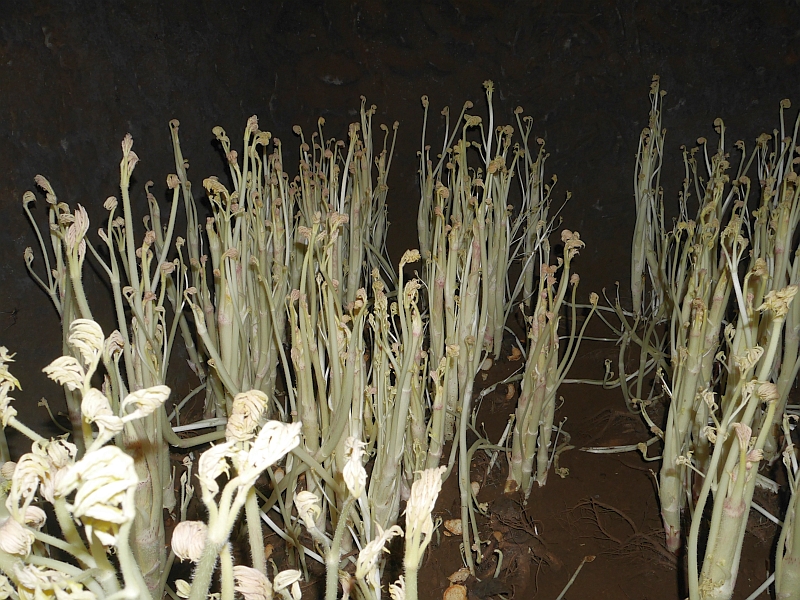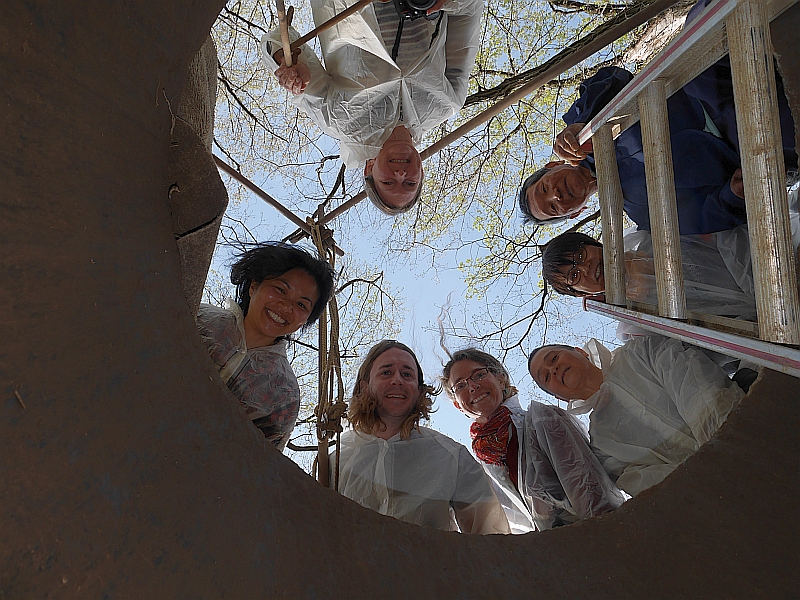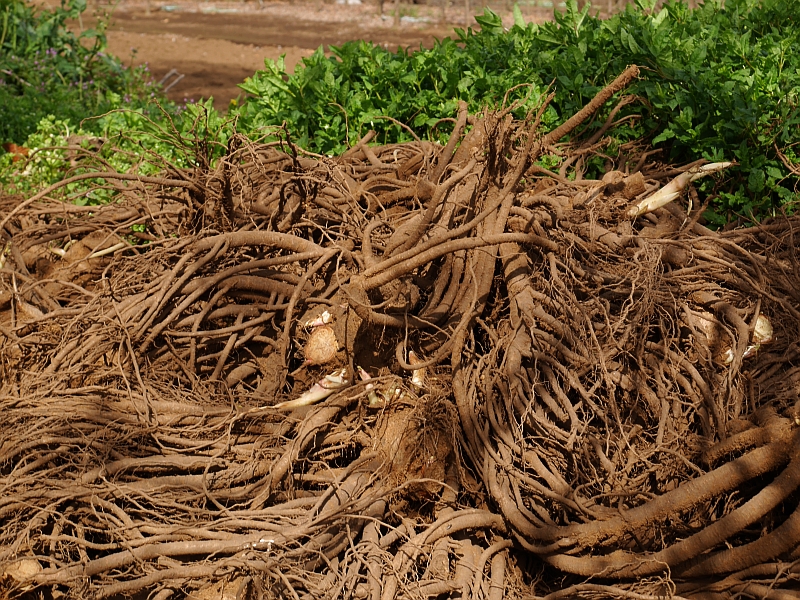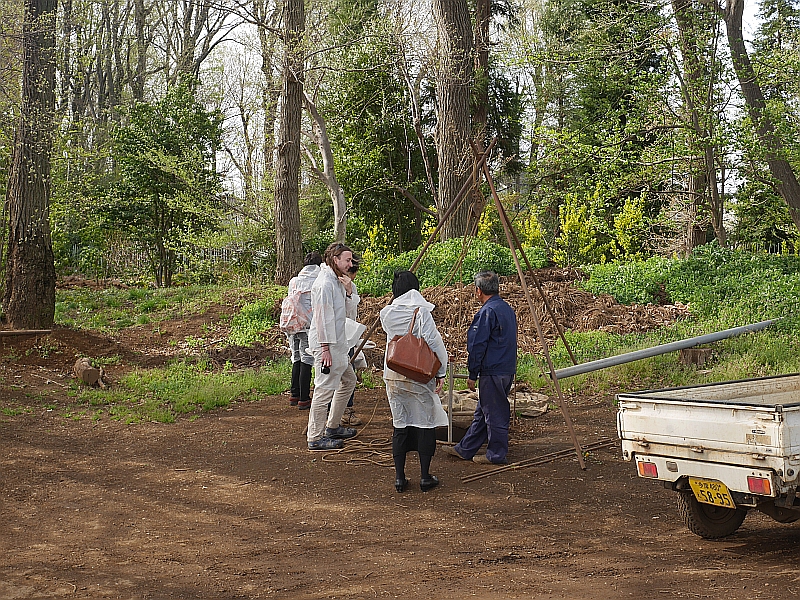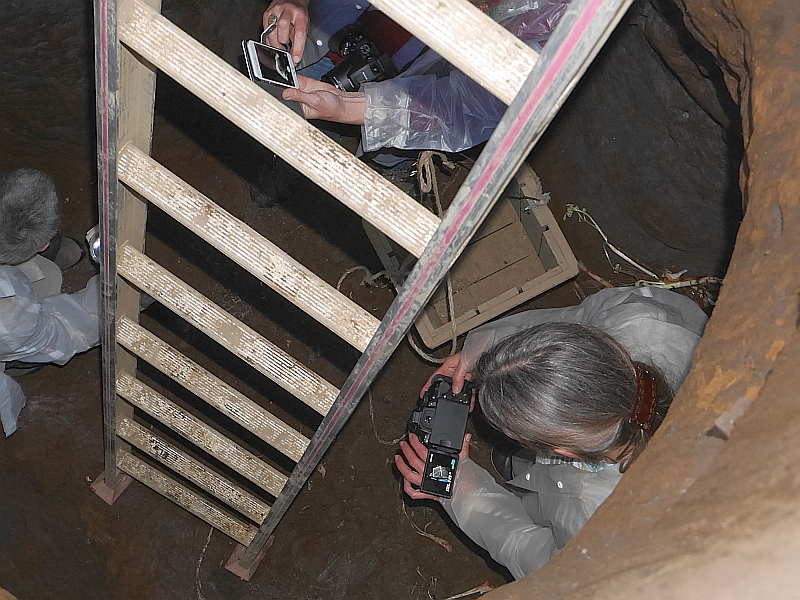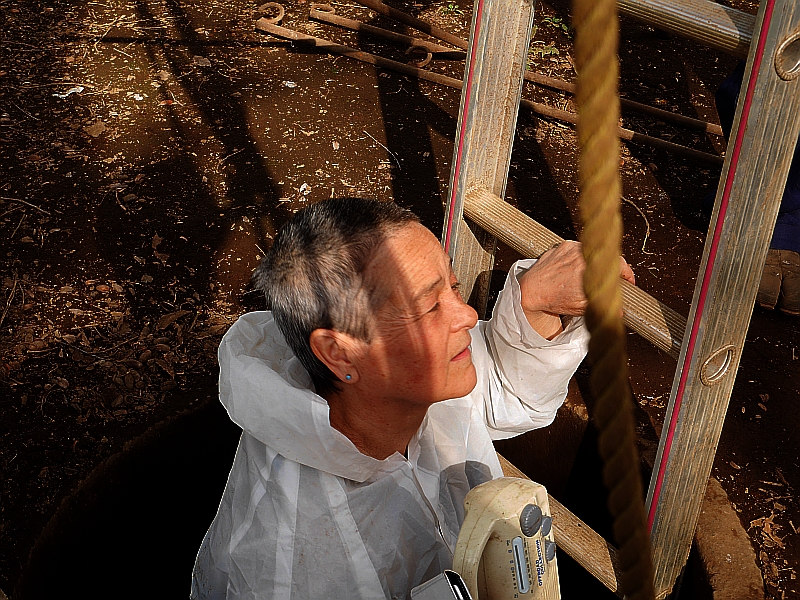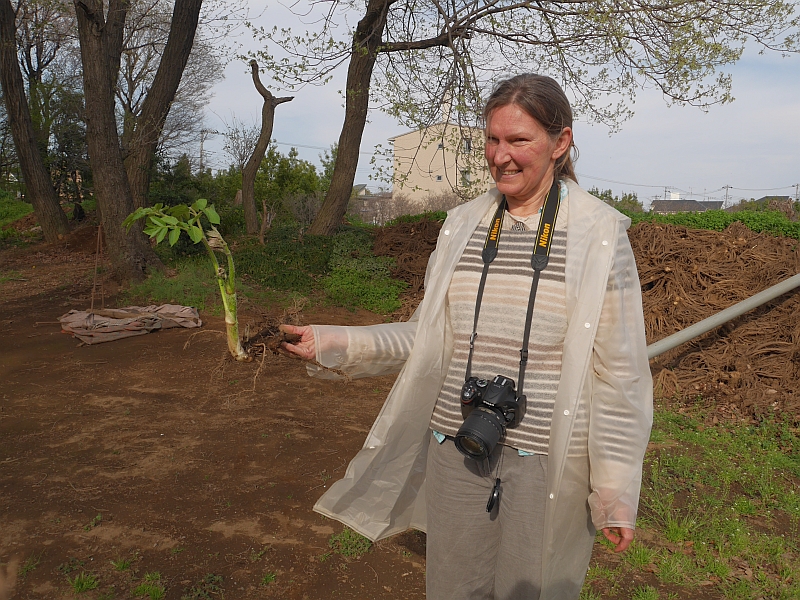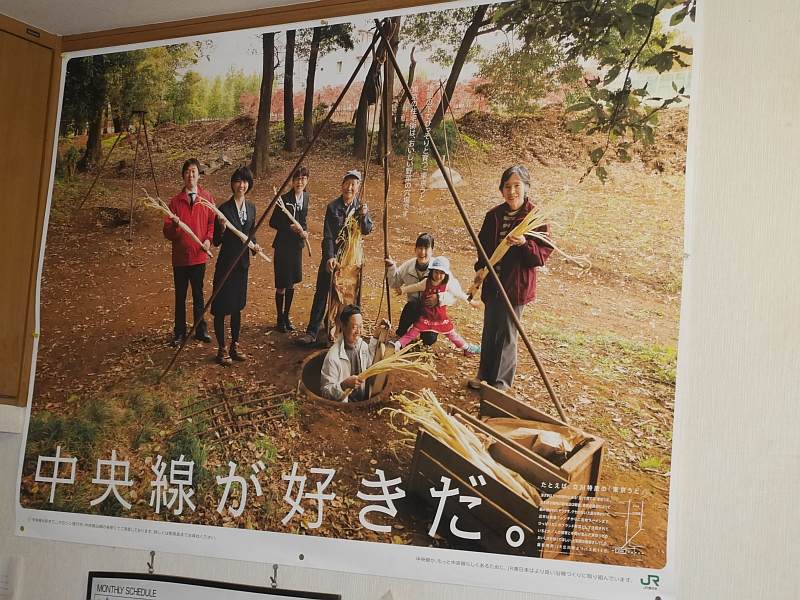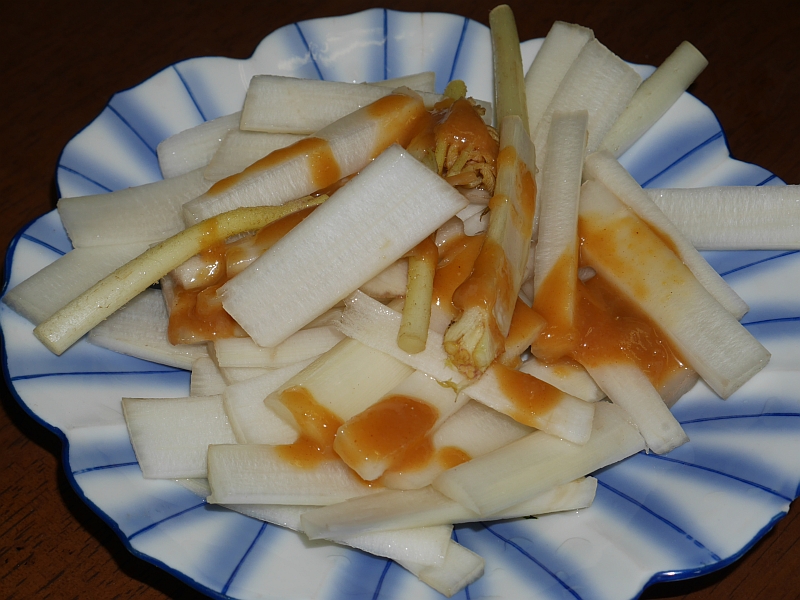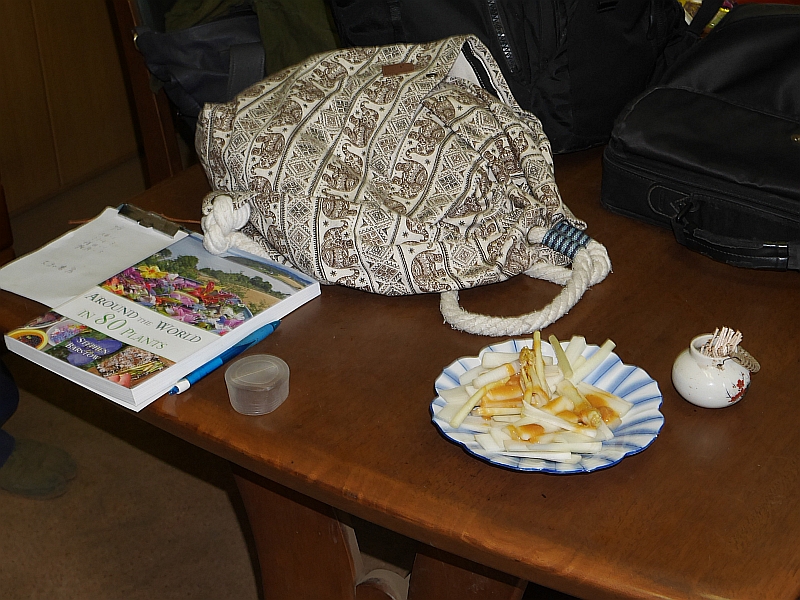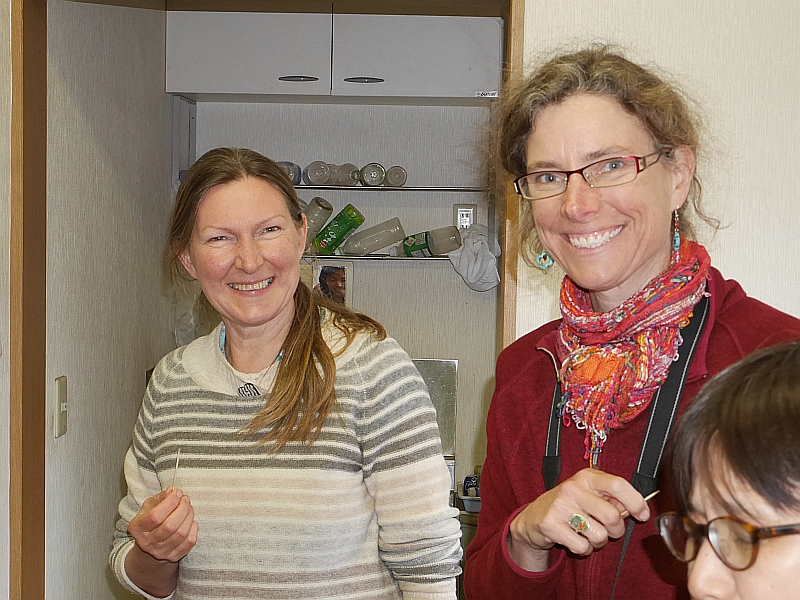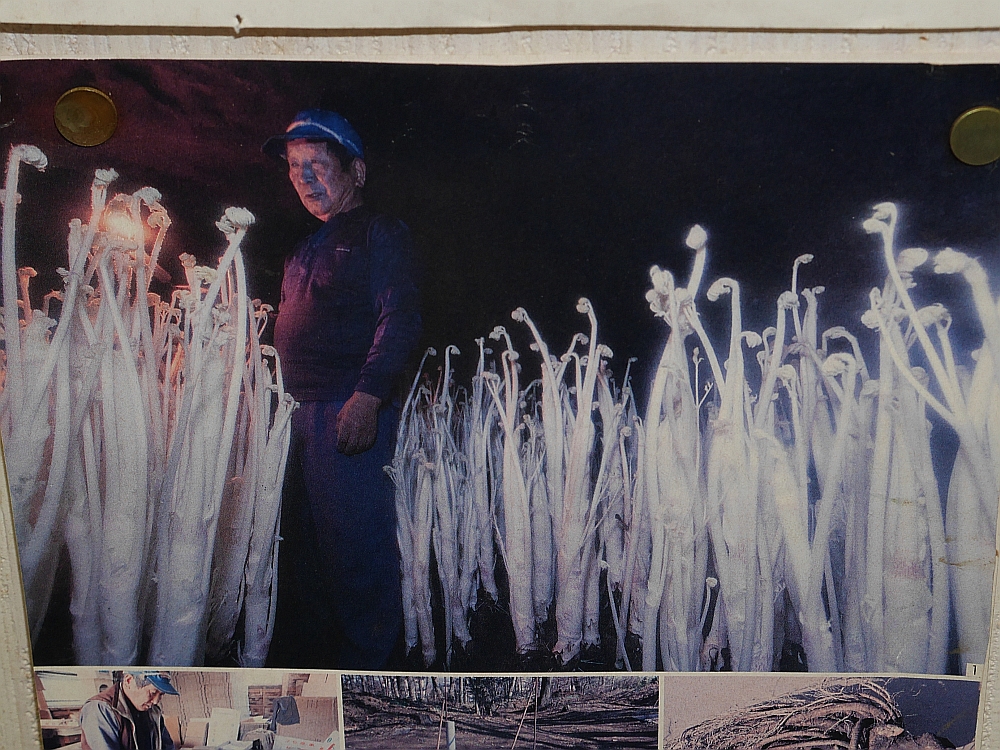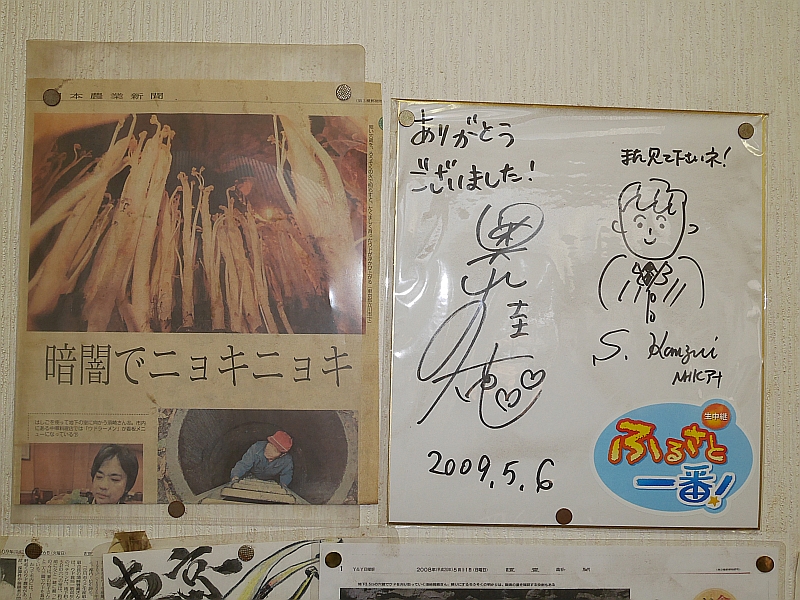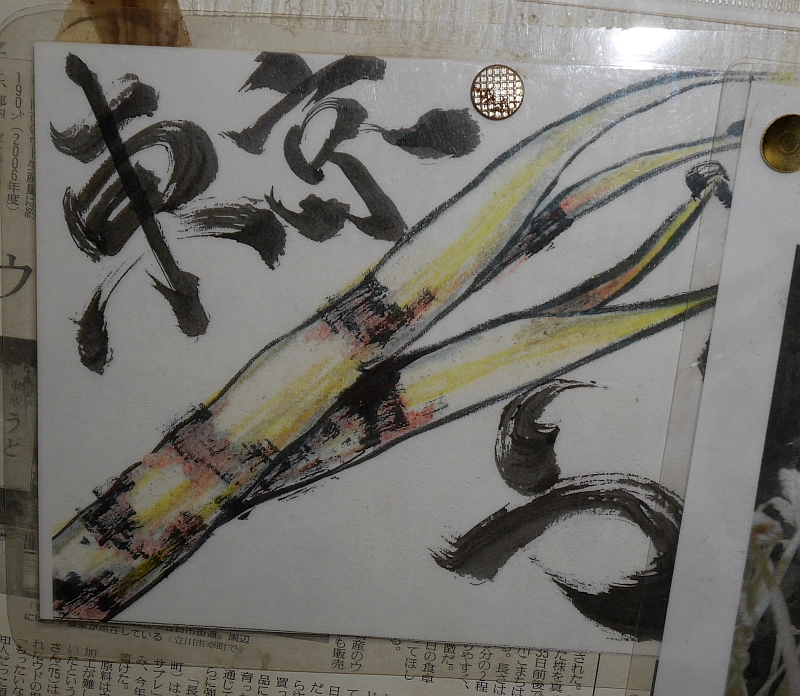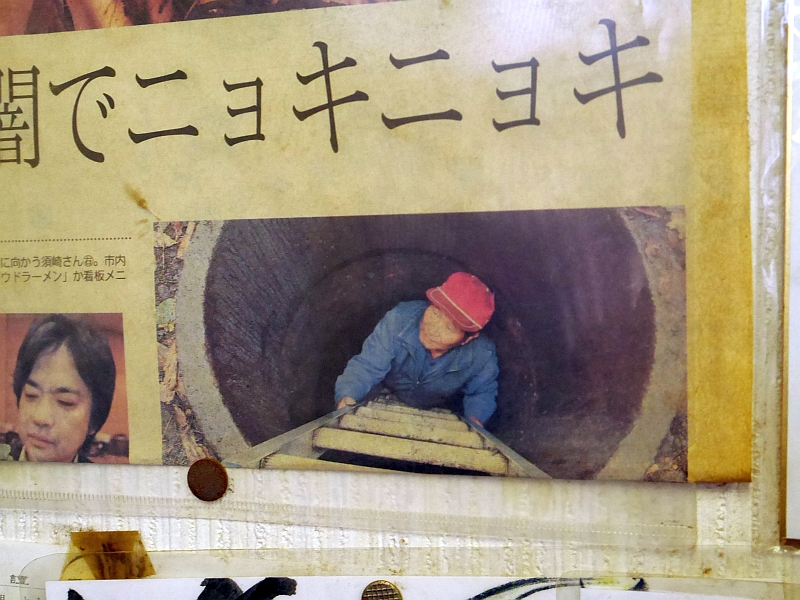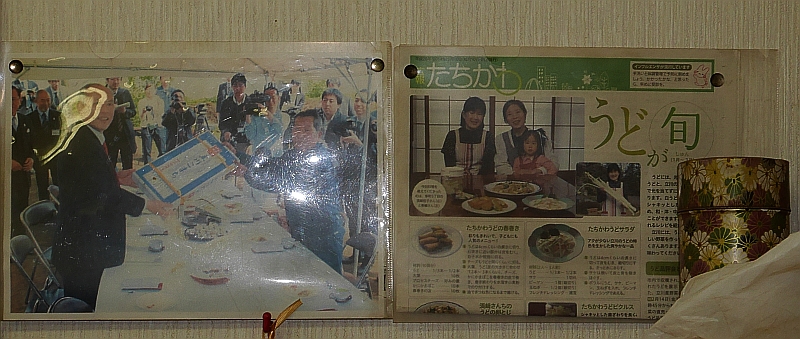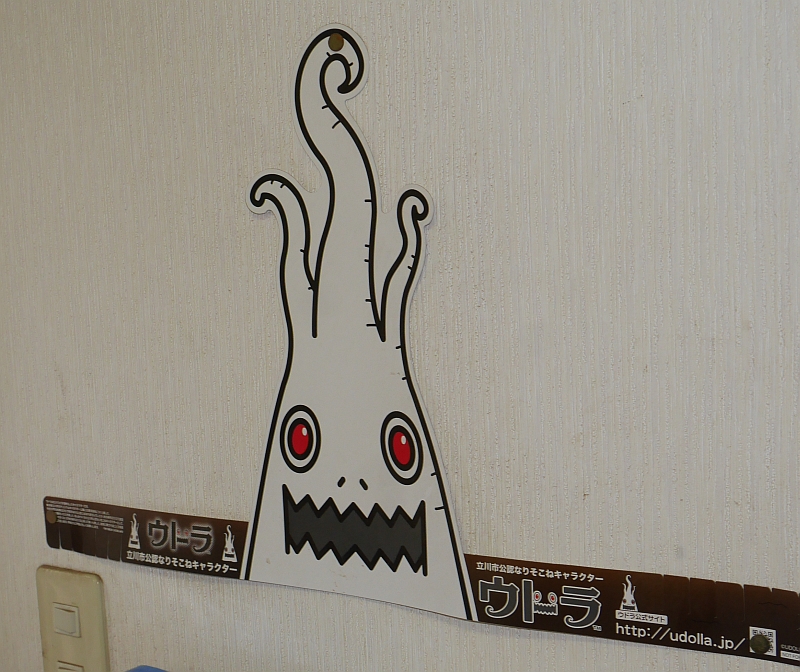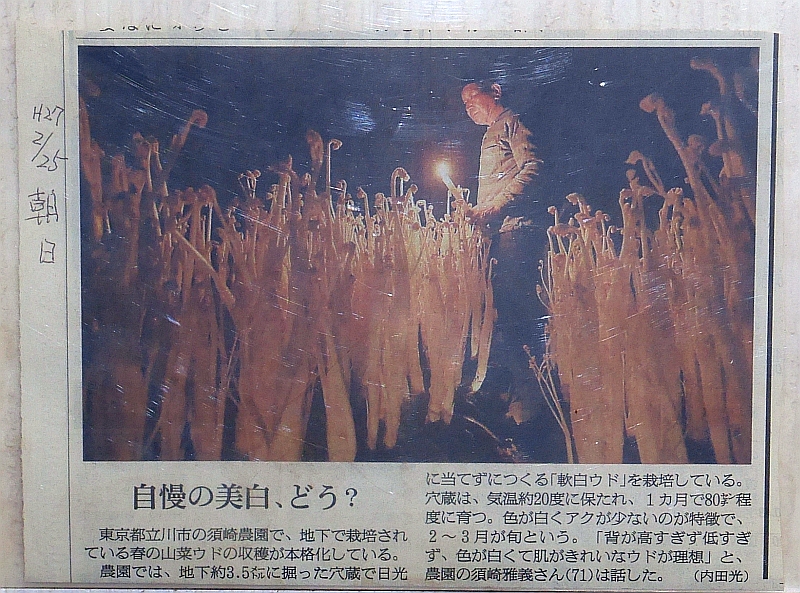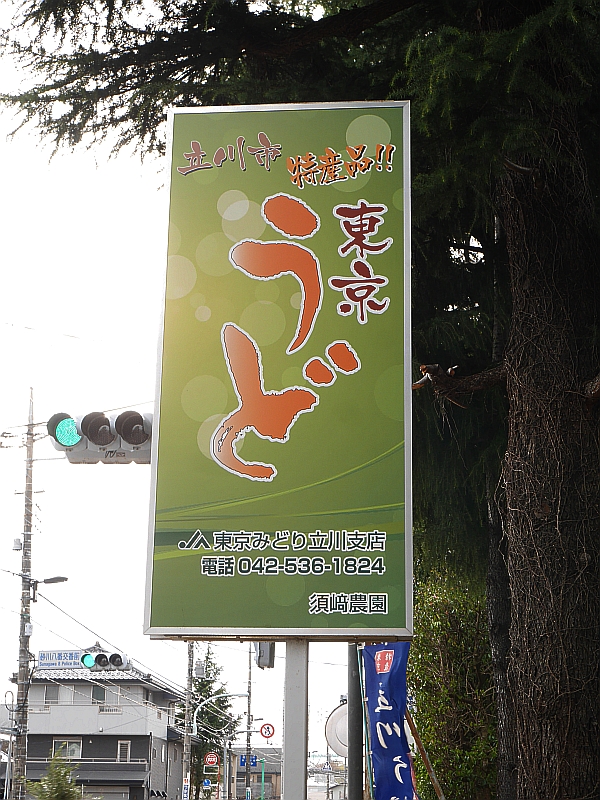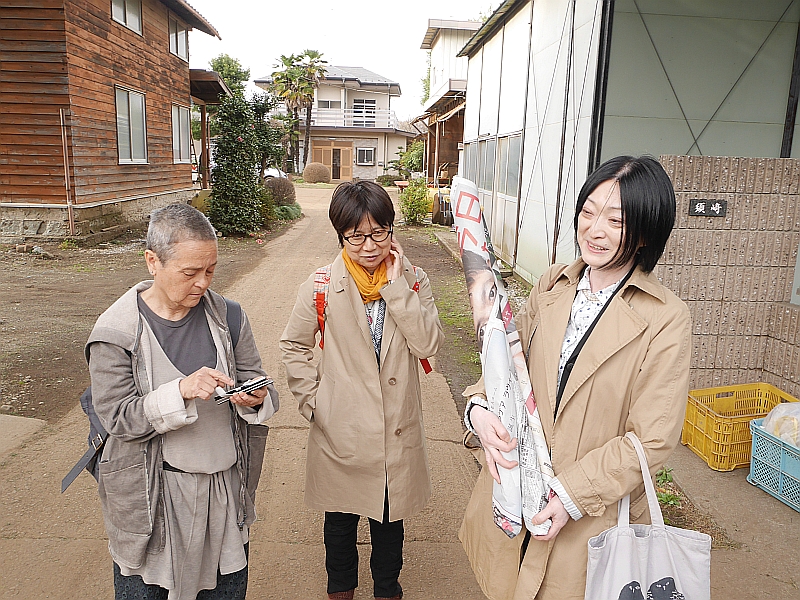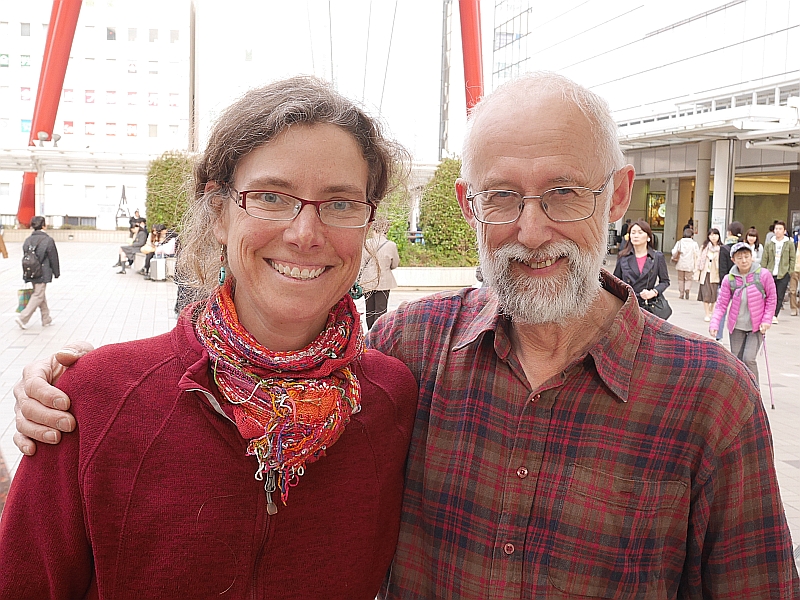I love Jackdaws / Kaie, particularly for their playfulness and aerobatics, like this over the house today!
Monthly Archives: November 2016
Needle and Thread salad!
Yucca filamentosa is at the top of my list of plants that I’ve grown and never expected would survive one winter let alone over 10 and finally flower, as it did in 2008…..sadly, it used up all its energy in flowering and died that winter..
My title? Needle and Thread salad, doesn’t sound very appetising, does it? Well, two of the common names of this North American plant are Adam’s needle and Eve’s thread, with reference to the needle like inflorescence and the thread-like leaf edge filaments that help separate this species from other Yuccas! It is, for obvious reasons, also known as Spanish Bayonet and Desert Candle.
Although other parts of this plant and other Yuccas were used by Native Americans, it’s the flowers you will want to try in your garden, unless you have the pollinating Yucca moth (Tegeticula yuccasella) in your area, in which case you may even get to taste the edible fruit (I haven’t)..
Knowing that this is a plant that grows on sandy soils in the wild, I planted it initially right next to the south facing wall of my house back in the mid-1990s. To my surprise, it came back year after year, but grew slowly. I then moved it next to my small home made greenhouse on the east facing side of my house in 2001. It grew slowly but steadily and then to my amazement I discovered a flowering stem and it flowered late August 2008 (see the pictures below, including the salad I made with the flowers). The flowers are delicious and I didn’t detect any bitterness as noted by some people!
This species is one of the best edimentals where it thrives, but there are a number of even more ornamental varieties worth trying including: ‘Bright Edge’, a dwarf cultivar with creamy leaf margins (awarded the UK Royal Horticultural Society’s Award of Garden Merit), Golden Sword’ which is similar to ‘Bright Edge’, but larger; ‘Ivory Tower’ has creamy white flowers tinged with green; ‘Color Guard’ with broad yellow stripes all year and red stripes in the winter.
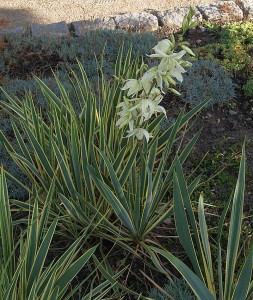
Other uses include fibre extracted from the leaves and soap from the saponin-rich roots.
…and just last month Yucca filamentosa flowers were featured in a salad I made at my walk and talk at the Royal Botanical Gardens in Edinburgh
See http://www.edimentals.com/blog/?p=6873
Moonrise over snow-covered mountains
Keeping warm
The only reason this is possible at all is that it has been so dry this autumn!
I’ve lost my long crow bar, otherwise I would have used that..
Jackdaws fly towards the red sky
Jackdaws (kaie) fly every morning to breakfast which is served in the fields to the east of here…standing on my bedroom balcony, there’s suddenly a pressure wave as a small group of birds fly at breakneck speed right over the roof above my head…must try to film it one day…but this morning they and I also had a glorious view too…dreaming of coming back as a jackdaw…they have so much fun it seems!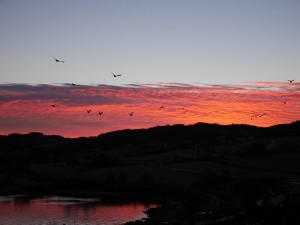
Craig Gibsone at Findhorn
After Ariane Burgess had showed me round the Edible Woodland Garden, I’d been invited to lunch by Craig Gibsone, one of the elders of Findhorn having been involved with the Findhorn Foundation for well over 40 years! He had also been at my talk the night before at the Tiny Weeny Farm, and he seemed familiar as I’d seen a Youtube interview with him (see the link above) some time ago! Craig was born in Australia but considers Findhorn to be his spiritual home. He is a multi-talented teacher, potter, painter, musician, gardener and permaculturist….and it was a real pleasure too to be in his company for a couple of hours! For more, see the picture gallery below!
Findhorn’s Edible Woodland Garden
Ariane has for over twenty years worked on reconnecting people to nature in different ways and in different countries. For example, as a healing response in the aftermath of 9/11 she was commissioned to design and install The Labyrinth for Contemplation, Battery Park in New York (I feel that as I flew back from the US to Europe on that day…). From Findhorn, she inspires, teaches and consults about the transition to our future integrative, regenerative culture, including ecovillage design (see more on her web site here: http://arianeburgess.com
However, it was the new Edible Woodland Garden I’d been invited to see. Nestled next to the Findhorn community, the garden has been designed as a demonstration of how very poor land with a severe water shortage can be turned into a productive edible garden! The project was initiated by the Findhorn Hinterland Trust and more can be found on the trust and the garden at: http://www.findhornhinterland.org/ecology/edible-woodland-garden
See more in the picture gallery below!!
I look forward to visiting again, Ariane Burgess…thanks for showing me round and good luck with your important work :)
The Edible Japanese Bluebell!
When I visited Japan in early spring 2016, I noticed a violet/purple flower growing as an ornamental in some gardens and also escaped as a weed.
I finally realized that it was a plant I had grown for a couple of years (2011-2012) as an unusual annual vegetable, Orychophragmus violaceus, known as ‘Chinese Violet Cress’ or ‘February Orchid’, sourced from Horizon Herbs in the US. Despite one of its common names, it’s not an orchid but is related to cress, belonging to the cabbage family Brassicaceae.
It hadn’t grown particularly well in my garden, but it did manage to flower and I used them in various salads during those two years, adding a different colour to the mix and it continued flowering right to the first frosts in November! It was also badly attacked by the usual pests of Brassicas, but it bounced back with masses of shoots from the roots in the autumn when the pest pressure was released. It doesn’t like temperatures below -5C and therefore didn’t have much chance of overwintering here in Malvik (it is biannual in the Far East).
Orychophragmus violaceus has a wild distribution in China and Korea and was introduced to Japan a long time ago both as an ornamental and also as a potential oil seed crop (you can google pictures of it growing alongside rape oil plants). In the wild it has a wide range of habitats from woodlands, gardens, roadsides and open fields. In Japan it has widely naturalized in many habitats thanks to its adaptability and it is now found throughout the islands, encouraged by gardeners who love the early spring flowers. In some parts it carpets woodlands in the early spring and it has been described as the Bluebell of Japan! However it is also a weed in gardens (and as such one of the world’s most beautiful weeds!). In Japan it is known as hanadaikon (“flower-daikon”), which name is also used for Hesperis matrionalis (dame’s violet), ooaraseitou, murasaki-hana-na (“purple-flower-rape”), shikinsou (“purple-gold-plant”). Shokatsusai / zhu ge cai is its Chinese name.
It has also been used as a forage species in China:
“Its shoots are rich in protein, iron, calcium and vitamins A and C. Hence it is a valuable forage. Its shoot yield is high, about 36,400 kg/ha, when cultivated in Chengdu. This plant species is adaptable to grassland, barren hills, roadsides, gardens, etc. Its protein content is higher than most other forage plants.”
Orychophragmus violaceus is mentioned as an edible wild plant alongside Udo (Aralia cordata) in Joy Larkcom’s Oriental Vegetables!
24 hour Danish Rye Bread
Udo farm visit in Tokyo
Here’s an album of my own pictures from our visit to Tokyo’s underground Udo forcing holes…
More about Udo (Aralia cordata) on my web site www.edimentals.com
Thanks again to Ken Minatoya-Yasuda for liaising with the agriculture industry Tourism Division in Tachikawa city!! We were the first Europeans to ask for this particular tour!! Thanks also to Tei Kobayashi for acting as interpreter and great to meet local gardening blogger Joan Lambert Bailey and friends on the day!! We all had a great day I think!!
Please help translating the text on some of the pictures!
Other Udo posts on this blog:
http://www.edimentals.com/blog/?p=8284 (Udo cavern video and Tei’s pictures)
http://www.edimentals.com/blog/?p=7499 (My “The Many Uses of Udo” Permaculture Magazine article and pictures taken by Naturplanteskolen who joined me on the trip!




